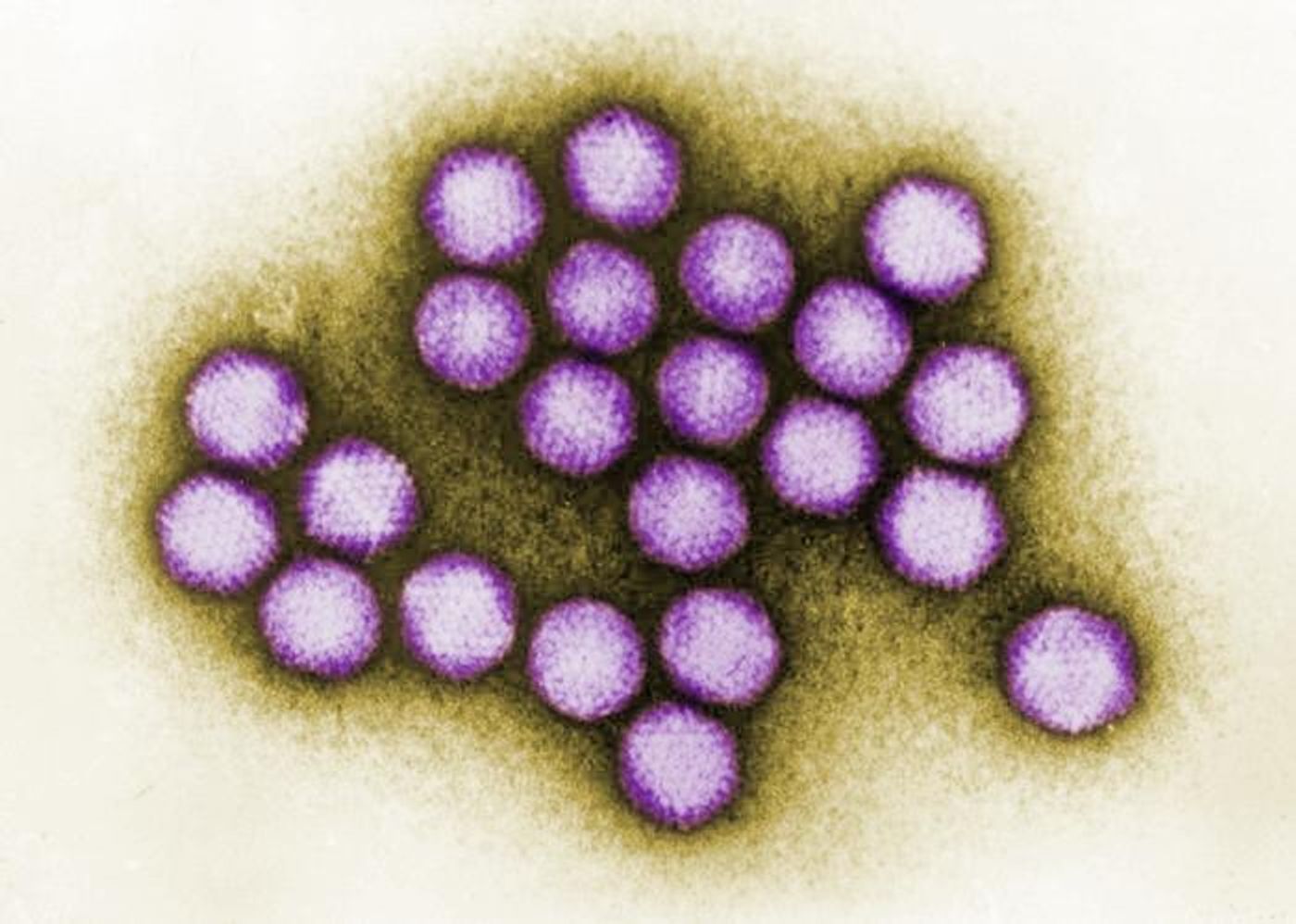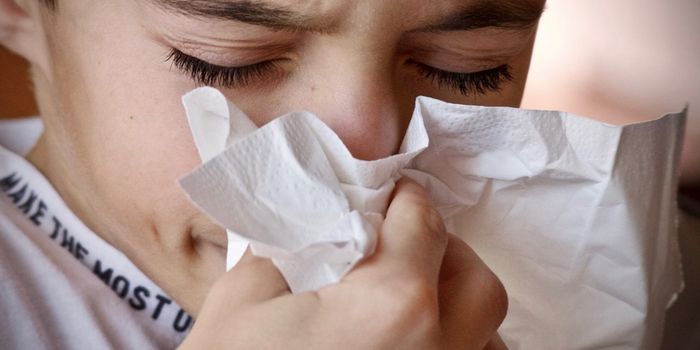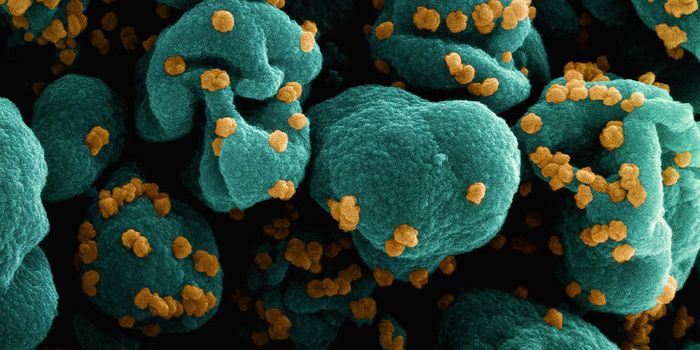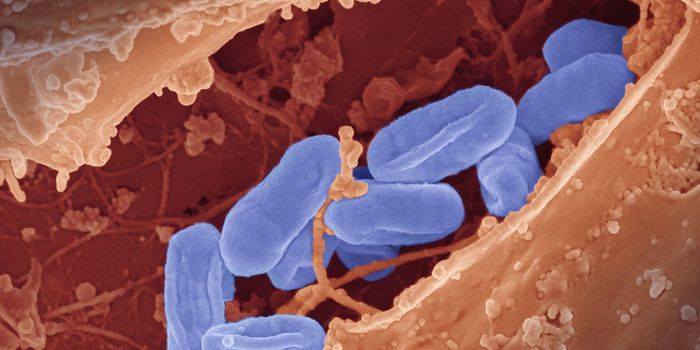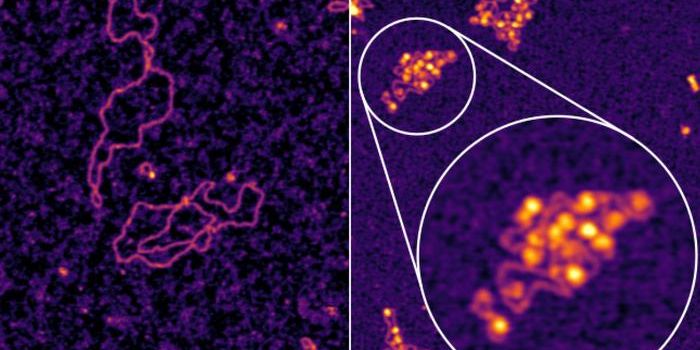Child Hepatitis Cases Linked to Viral Co-Infection
Between April 5 and May 26 of 2022, hundreds of cases of viral hepatitis in children were diagnosed in 33 countries, according to the World Health Organization. Compared with previous outbreaks of viral hepatitis in children, these cases were especially severe, with a high proportion of kids experiencing liver failure. While SARS-CoV-2, which causes COVID-19, seemed to be a likely culprit, researchers found no evidence that the virus was causing these cases of viral hepatitis.
New work has confirmed that, though there may be an indirect connection to the pandemic. Two new studies that were independently reported on the pre-print server medRxiv have suggested that a common virus has been causing viral hepatitis in children, and that co-infection with this and another virus is to blame for the most severe of those cases. It should be stressed that these reports have not yet been peer-reviewed, but it is notable that two groups of researchers studying different patients have come to this conclusion separately.
The recent diagnosis of acute hepatitis cases in children appears to be associated with adeno-associated virus 2 (AAV2). Metagenomic tools were used to analyze samples from patients and healthy kids. This research indicated that AAV2 was only found in 6 of 100 in healthy kids, while AAV2 was positively identified in 96 percent of cases of unknown hepatitis in both studies. Previous research from June 2022 has also suggested that AAV2 was connected to this outbreak.
Normally, AAV2 does not cause severe illness, because people are exposed to it when they are young, and they develop immunity quickly. However, it is possible that children who were under lockdown or social distancing recommendations did not have a chance for exposure, and did not generate immunity when they were very young.
AAV2 also needs a helper to replicate, so the researchers have suggested that when children have had severe cases of liver disease, they are infected with both AAV2 and another virus, HHV6, a less common herpes virus. Some patients have also tested positive for HHV6.
"While we still have some unanswered questions about exactly what led to this spike in acute hepatitis, we hope these results can reassure parents concerned about COVID-19 as neither teams have found any direct link with SARS-CoV-2 infection," said Professor Judy Breuer of UCL GOS ICH and GOSH.
Breuer noted that when AAV2 is found in the liver or blood, it is a strong biomarker for these hepatitis cases. "Additionally, the presence of HHV6 and adenovirus in the damaged livers, removed from the five children who needed liver transplants, raises questions as to the role of co-infections with these three viruses in the most severe cases."
Sources: University College London (UCL) Great Ormond Street Institute of Child Health (GOS ICH), Ho et al 2022 medRxiv, Morfopoulou et al 2022 medRxiv
